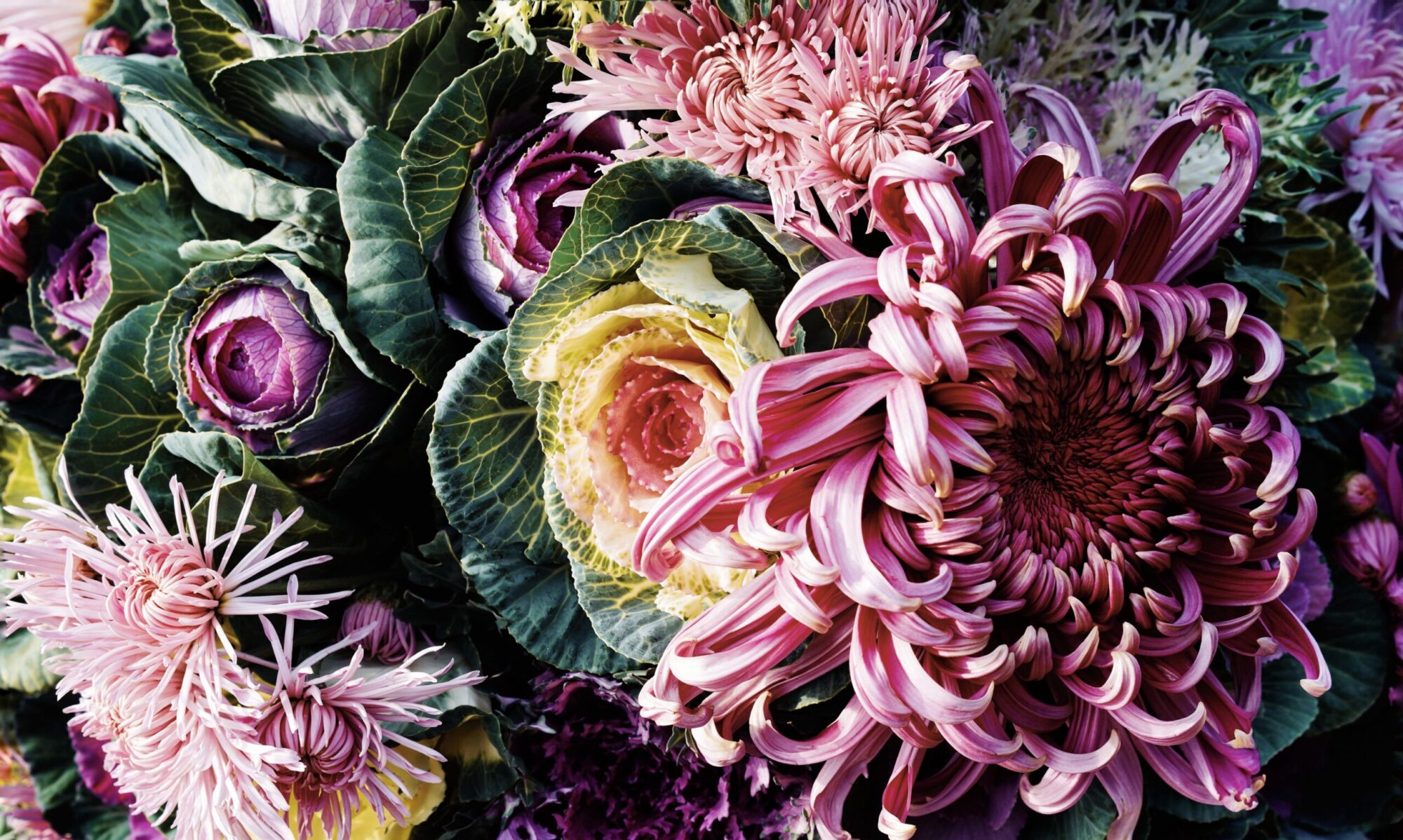Almost all private funders who support biomedical research with the aim of yielding new treatments and therapies are increasingly obsessed with the challenge of the “translational” pipeline. Apparently – all we need to advance cures is to unstick the knowledge that is stuck.
The reality may actually be something quite different – to quote a friend, “most likely the pipeline is a pipe dream.”
Much of what is done in biomedical labs, published in biomedical journals, and presented at hundreds of conferences each year in un-translatable. And in truth, it is not translated because it is not meant to be translated – it is produced as an end in and of itself.
There will not be a Rosetta Stone.
Recently, while sitting at a small meeting focused on a particular brain disease I heard a young MD-scientist provide a compelling and UNINTENDED explanation of why much of biomedical research becomes stuck somewhere in the pipeline. Essentially it comes down the difference between the needs of research – and the demands of the clinic.
To carry out research – and generate papers, grant proposals, and train students and postdocs – research needs to be done with animal models because they are:
1)convenient to study, 2) consistently available, 3) genetically homogenous, 4) efficient in the use of resources, and 5) familiar and well- characterized by other researchers.
Research needs to be elegant. We are lured to the beauty of designing experiments that work, that yield to our tools, that provide clear results.
Unfortunately, persons with disease are and do none of these things.
We have to change the incentive and reward structure. Pushing more and more knowledge about the model model is not going to clear the pipe.
